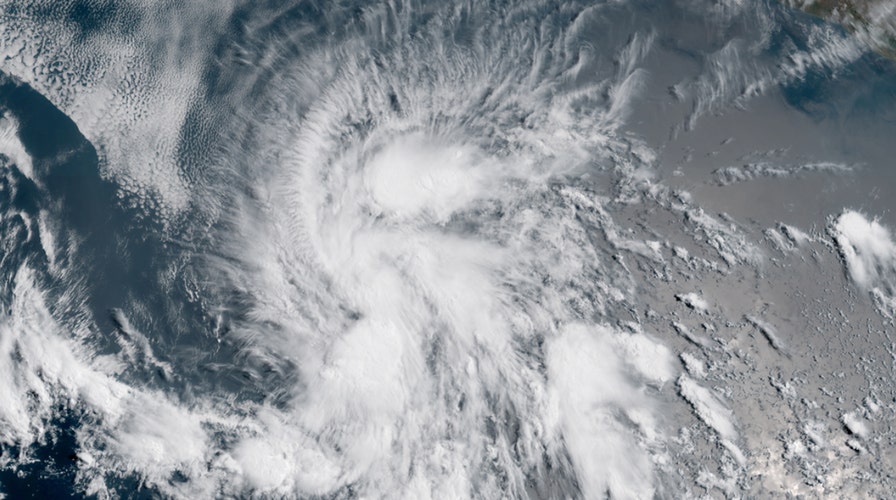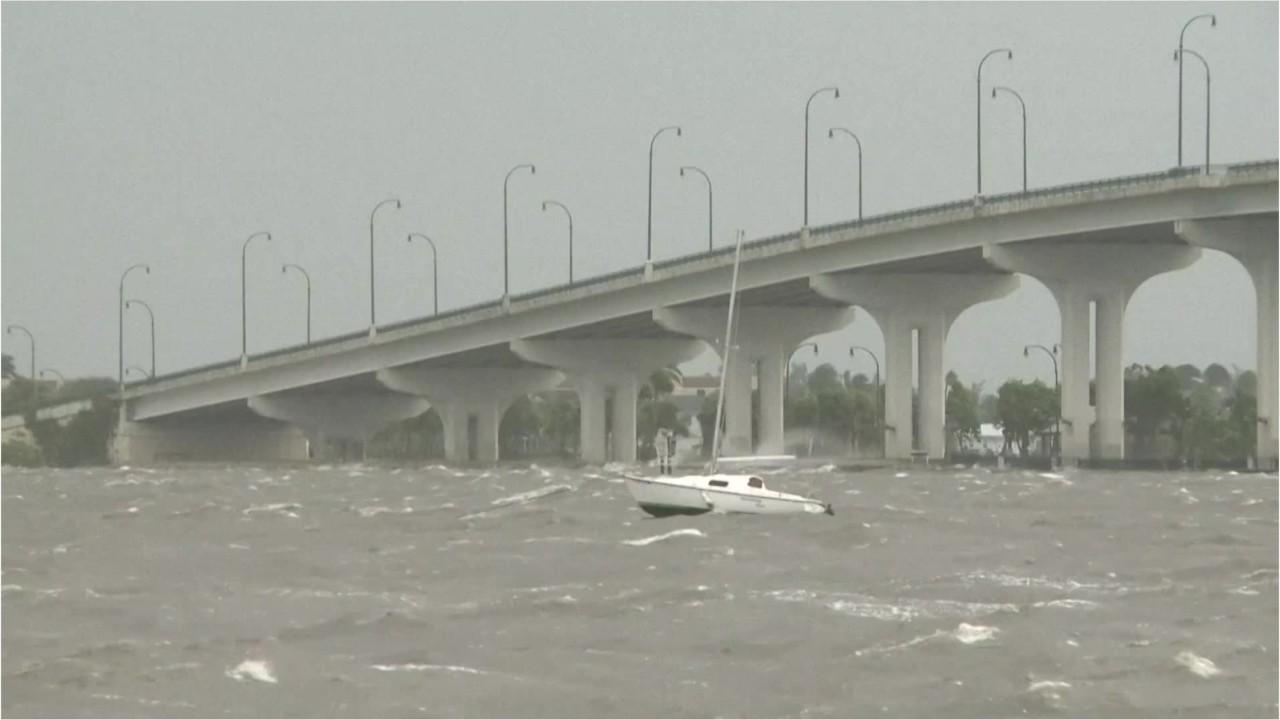2019 Atlantic Hurricane season comes to an end: Here's how it stacked up
2019 Atlantic Hurricane season was an above-normal season with 12 named storms, six hurricanes, and three major hurricanes. NOAA is now asking people to prepare for the season ahead.
Get all the latest news on coronavirus and more delivered daily to your inbox. Sign up here.
With three weeks to go before hurricane season officially starts in the eastern Pacific Ocean, the earliest tropical cyclone on record formed Saturday in the basin.
The U.S. National Hurricane Center in Miami said Tropical Depression One-E formed about 900 miles off the southwestern coast of Mexico.
As of Sunday morning, the storm had maximum sustained winds of 35 mph and was moving northwest at 8 mph.
FORECASTERS PREDICT 'ABOVE AVERAGE' 2020 ATLANTIC HURRICANE SEASON
The storm is centered about 765 miles southwest of the southern tip of the Baja California Peninsula and poses no threat to land.

The system that became Tropical Depression One-E can be seen churning in the East Pacific off Mexico on Friday, April 24, 2020. (NOAA/RAMMB/GOES-17)
Forecasters said the storm is expected to start dissipating Sunday night.
The Hurricane Center said it was the earliest formation of a tropical cyclone in the eastern Pacific since the satellite era began in 1966. The basin's season officially starts on May 15, while the Atlantic hurricane season kicks in on June 1.
According to AccuWeather, early storms in the eastern Pacific typically happen in the first half of May.
WHAT WAS THE WORST HURRICANE TO HIT THE US? HERE ARE THE DEADLIEST STORMS EVER
AccuWeather's top hurricane expert, meteorologist Dan Kottlowski, noted there was a lack of consistent satellite coverage over the region until 1976, which hindered record-keeping of storms that formed before the season officially began.
"Weak storms that were well removed from land, like this tropical low, were often ignored until the 1990s," Kottlowski said.
CLICK HERE FOR MORE WEATHER COVERAGE FROM FOX NEWS
While the National Oceanic and Atmospheric Administration Climate Prediction Center will provide its initial seasonal outlook for the Atlantic basin in May, researchers at Colorado State University are predicting an above-average hurricane season this year, citing the likely absence of El Niño as a primary factor.
CLICK HERE FOR THE FOX NEWS APP
Forecasters are predicting 16 named storms, of which eight are forecast to become hurricanes and four to reach major hurricane strength with winds greater than 111 mph. The Atlantic hurricane season last six months, ending in November.
The Associated Press contributed to this report.






















